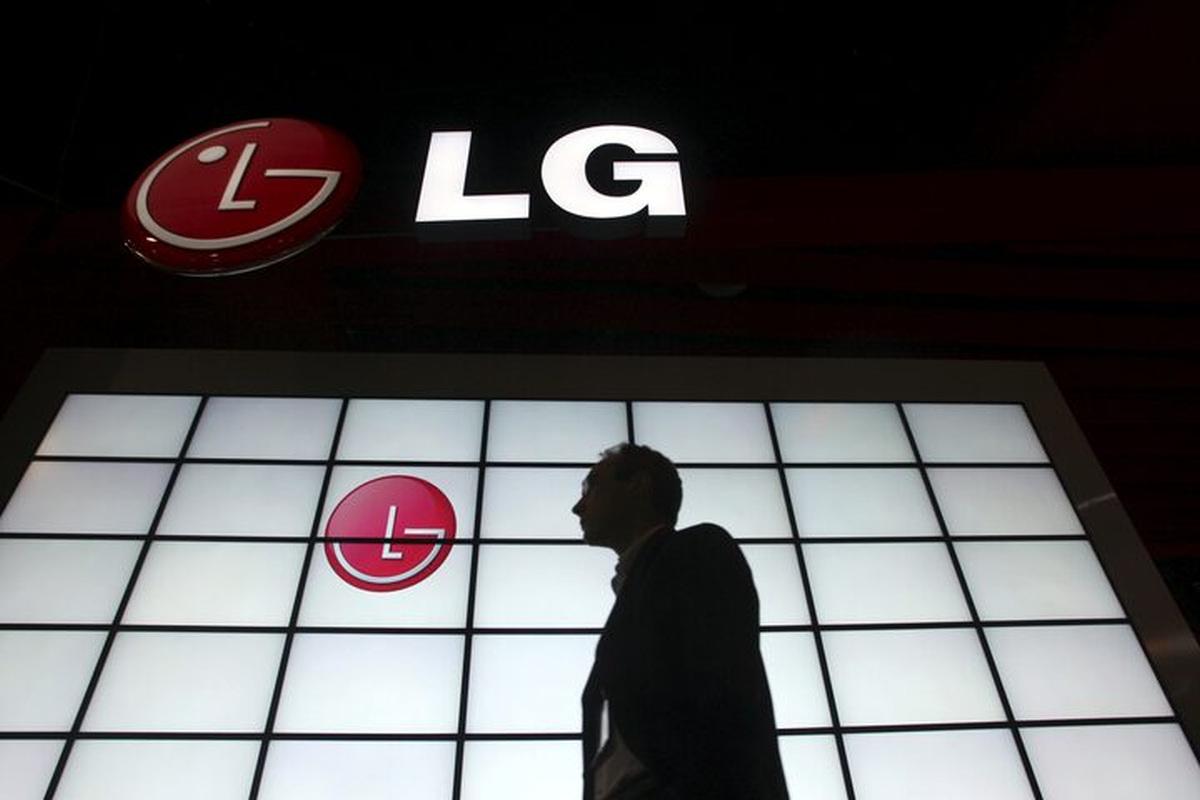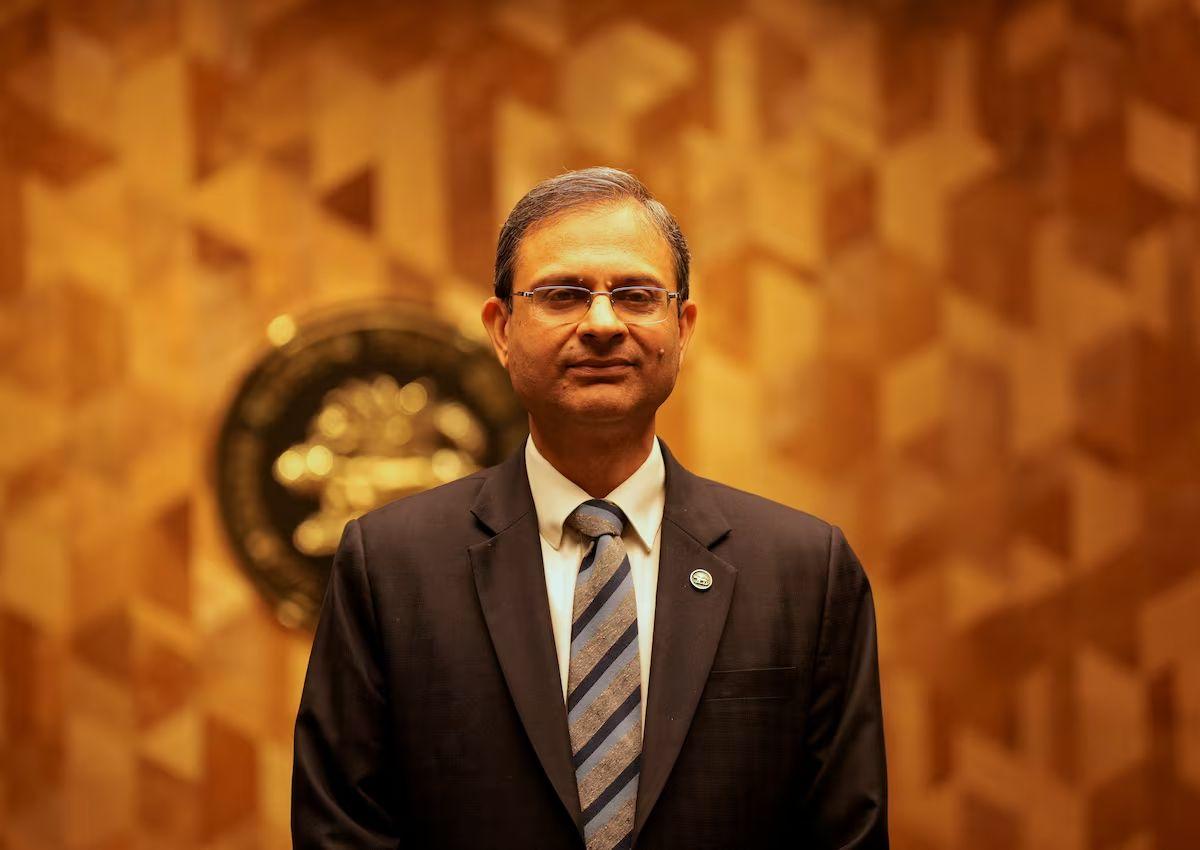For LG Electronics India, the Rs 11,607 crore initial public offering (IPO) is not just a fundraising exercise.

Photograph: Steve Marcus/Reuters
The company’s senior executives describe it as a step towards becoming “future-ready”, showcasing financial strength while preparing for the next phase of growth in a market they see as still underpenetrated.
“This is a good opportunity for our investors and shareholders,” said Sanjay Chitkara, chief sales officer.
“If they leave something on the table, it will create long-term value.”
The IPO, opening on October 7, is priced between Rs 1,080 and Rs 1,140 per share, and will value the company (at the upper end) at around Rs 77,400 crore, making it one of India’s most valuable consumer durables firms.
LG Electronics India’s debut issue would be the country’s eighth-largest IPO, but even at the upper end of the price band it will be less than the Rs 15,000 crore projection at the time of the filing of the draft red herring prospectus last year.
The entire issue is an offer-for-sale by the South Korean parent, reducing its stake by 15 per cent.
The float comes amid a busy October for India’s primary markets, with Tata Capital’s Rs 15,512 crore issue and WeWork India’s Rs 3,000 crore offer also scheduled.
Within the sector, LG competes with Voltas, Havells, Godrej, Blue Star, Haier, Whirlpool, Philips, Samsung, and Sony.
It ranks as the second-largest appliance and electronics company in India, next only to Samsung.
LG is also investing in expansion.
A $600 million (around Rs 5,000 crore) plant under construction in Sri City, Andhra Pradesh, is three times the size of one of its existing facilities and will double its production capacity.
The first production line, expected to start in late 2025, will focus on air-conditioners before scaling up B2B (business-to-business) operations, including information displays and electronic blackboards.
Executives emphasised the company’s strong financial position.
“We are cash-rich, debt-free, and generating free cash flow year-on-year,” said Atul Khanna, chief accounting officer.
“We will be utilising our own accruals for our capacity expansion requirements.”
Recent policy support also offers a tailwind.
A goods and services tax (GST) rate cut on televisions, ACs, and dishwashers has improved affordability, driving premiumisation.
“The GST cut is a direct enabler for our business,” Chitkara said.
“Within the same budget, customers can buy two products or upgrade their purchases.”
Large televisions, particularly 55- and 65-inch panels, are growing rapidly, according to chief operating officer Ashish Agrawal.
Chitkara expects momentum to continue through Diwali and the wedding season, while low penetration across categories leaves “huge room to grow”.
April-June sales were affected by cooler weather and geopolitical pressures, but company executives see no long-term drag.
“Despite unseasonal rains, our (AC) market share has gone up,” said Agrawal.
For FY25, LG India reported a net profit of Rs 2,203 crore on a revenue of Rs 24,631 crore.
According to analysts, the company is positioned to benefit, with the sector projected to grow at 12 per cent annually over the next five years, up from 7 per cent in the previous five, supported by rising incomes, urbanisation and deeper appliance penetration.




